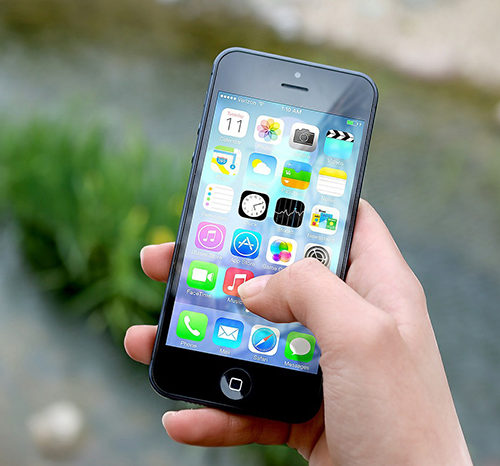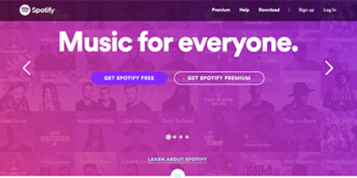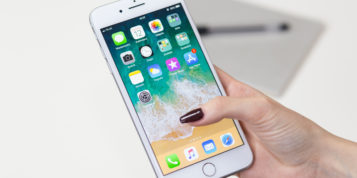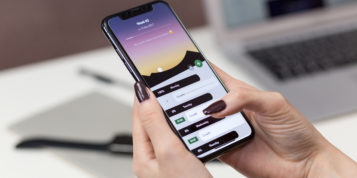Apps have developed dramatically during the past years. Nowadays, a single touch of a button is enough to access any service: from measuring our health, finding products, getting food recipes, planning your day – apps cater to all of our wishes and needs.
This myriad of apps, both in iOS and Google Play, causes headaches to publishers who struggle to stand out in this clutter of choices. It comes with no surprise that staying ahead of the competition has become one of the main challenges app businesses face today. Here’s how to do it:
1.Cater your ads to the users’ needs
One of the main obstacles for apps to be successful is that they are often created for money making rather than enhancing user experience and customer engagement. Long-term success can only be achieved by focusing on your users and not on your own profits.
Always establish who your audience is: age, gender, online behaviour patterns and lifestyle. This insight will allow you to determine which message should be conveyed. Gett’s Facebook ad is a great example. It’s a perfect answer to the demands of its target audience, made of young professionals who are looking for a service to get home after a night out.
Lesson is: never undermine the importance of knowing your users as this insight offers you endless marketing opportunities. For instance, if you know which other apps your users have installed, you know where to find them. If they spend a significant amount on casual games, then target them on transparent platform campaigns bidding directly for the apps in this category. Addressing them with the most suitable message in the right spot will result in great conversion rates, and user engagement.
2.Make Transparency Your Sacred Mantra
App marketers will often try a variety of different media options in their ongoing effort to grow their user base. In some cases a media partner might display ads in a large variety of very different media types and report all back into one source.
As in any partnership, transparency is key. To be successful, you should be at the driver’s seat of your app promotion campaigns: you need to keep track of where and how your apps are promoted. Also, study post-acquisition app usage patterns and compare those across publishers. This will allow you to concentrate on the top performing publishers and purchase directly from them attracting top-engaged users.
3.Get to know your competition
Given the wide range of products, it’s easy for users to get overwhelmed and their ability to make decisions might be hindered.
If you know what your competition offers, you can focus on your point of difference and develop messages that highlight them. This will allow indecisive users to immediately identify the main differentiator of your app.
Gett aced this by launching an ad that points out their main differentiator from their competitor Uber: they do not increase the fare on weekend nights. This benefit gives users an extra reason to download the app.
4.The benefits of geo location and time targeting
Knowing where and when a specific user segment will want to engage with your app is key.
Most apps are downloaded in the evening: iOS users are most active from 6-11.30 pm and Android users from 7-10 pm. Most apps installed during this time slot belong to lifestyle, shopping, strategy and casual gaming. An eCommerce app should therefore be advertised between 6:30-8:00 pm to reach the widest audience.
Geo-targeting coupled up with competitor research and laser-targeted message are the key ingredients for a successful advertisement.
5.Video Ad Format is a must
Mobile video ads are both entertaining and engaging. VentureBeat found that video ads deliver 7 times the number of conversations and also maintain the highest rates among ads. Video apps easily transmit the feeling of what an app is about and don’t impose any limits to creativity to get the users hooked. Indeed, 30 seconds of an undivided attention sets the marketers’ creative spirit free from 300×250 banner prison.
Videos also allow to star Hollywood actors, which naturally draws in their entire fan base. Featuring celebrities like Liam Nissan is expensive, but when it comes to performance, basic app trailers do not always cut it. To be at the forefront of user engagement and acquisition, you should include app video ads to your promotion strategy. According to the latest research of Trusted Media Trends, video advertising is predicted to becoming the top ad format planned for use in 2016.
To roll out smart and successful app promotions, developers and publishers need to collaborate to get to know their users’ and cater each feature of the apps and advertising formats to enhance their experience. This strategy will result in retention rates, increased revenue and highly engaged users.






